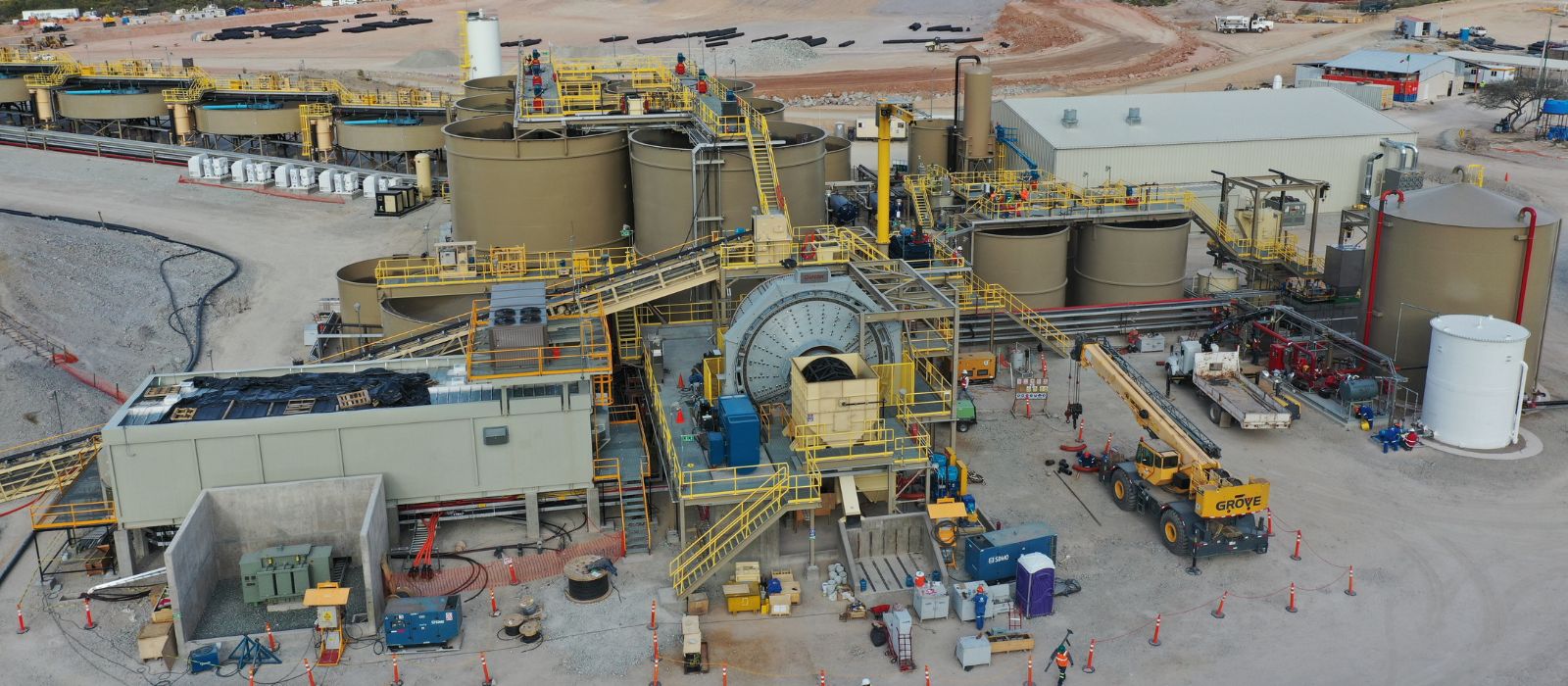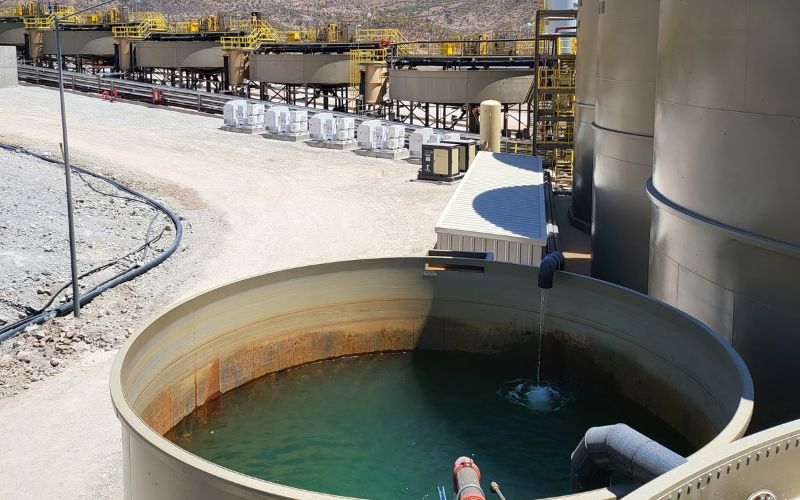Reducing risk, uncertainty and costs through localisation

The Las Chispas project in Mexico shows how a ‘Local First’ strategy can help mine owners and developers reduce risk, manage uncertainty and control costs.
Engineers like to take the variables out of the equation. Variables bring risk, uncertainty and – in many cases – additional cost. So, when engineers find something that works, they tend to stick to it. It’s not surprising, therefore, that most mine development and operational sites in the emerging markets are filled with expat workers, imported parts and foreign suppliers.
Yet, in today’s political and economic environment, parachuting imports into a job site brings its own risk and uncertainty. Expat workers are becoming harder to find and more expensive to retain. Supply chain disruptions and rising transportation fees are creating delays and increasing costs. Trade disputes are causing uncertainty. The pandemic taught us to be prepared for lockdowns, travel restrictions and work stoppages. Simply put, moving people, goods and supplies across borders has become increasingly risky.
At Ausenco, our people are focused on reducing risk, not variables. And our experience suggests that – in certain cases – project risks, costs and timelines can be better managed with a ‘Local First’ approach.
Risk and reward
Consider a current project we are delivering in Mexico. Las Chispas is considered to be one of the highest-grade silver gold projects globally, with approximately 3.35 million tons of silver and gold bearing ore, based on initial reserve estimates. Its owner, SilverCrest Metals, a Canadian exploration and development company, should see average annual production of 12.9 million silver equivalent (Ag Eq.) ounces from 2023 to 2029.
Like many other mine sites, Las Chispas is in a somewhat challenging and inhospitable environment. Water is extremely scarce – until it isn’t. The lack of reliable year-round water required smart engineering. The tendency of the nearby river to flood and overflow required smart planning, logistics and construction. The site was also remote, sitting around 180 kilometres northeast of Hermosillo with no access roads or infrastructure. Pumas and other wildlife roam freely.

Let local lead
There were many reasons to favour localisation for this project. In part, we knew localisation would help reduce the costs. Sourcing locally would deliver lower material and shipping costs, as well as reduce any potential duties and import taxes. Hiring locally would not only help manage salary costs, but also eliminate relocation and travel costs. Not moving people and materials across borders would reduce any costs associated with delays.
Speed was also a factor. Like always, we wanted to deliver this project on time. And we knew that local service providers would be better placed to help navigate the market. Local permitting agents, lawyers, engineers and others were engaged early in the process to help identify any potential barriers and help remediate them before they turned into delays. And, by hiring locally, we were able to build stronger relationships with appropriate government officials to ensure the process went smoothly.
To be clear, not all emerging markets and job sites have equal access to skilled labour, quality materials and professional service providers. But Mexico, with a long history of mining and resource extraction, boasts a strong and robust mining ecosystem. So, for this project, we were able to find almost everything we needed locally.
Our mechanical contractor was a large Mexican firm in Guadalajara. Our steel components – including structural tanks and thickeners – were produced in Hermosillo. That’s also where our civil contractor was based, as well as the local office of our electrical contractors. The workforce included skilled workers from Hermosillo, as well as some members of the closest community (Arizpe, with a population of around 2000 people).
Delivering a win-win
Our Local First approach quickly proved prudent. The COVID-19 pandemic was declared shortly after we broke ground at the site. Other mine developments quickly ground to a halt as borders shut, workers became stranded and supply chains seized. Not ours. We implemented stringent health protocols to protect our workers and suppliers. And, since we had sourced and hired almost exclusively from local sources, we were able to keep to schedule throughout the pandemic.
The proof is in the results. The mine was delivered on budget and ahead of schedule. With costs managed, the project should deliver a one-year payback period for the owner. Aside from a broken bone (a trip case) and a sore thumb (a badly aimed hammer strike), health and safety was extraordinarily high. Employee loyalty and community support remains very strong, with most of the operational staff trained from the local community. And nobody was forced to fight a puma (not a traditional measure of success in mining, but a definite win in this situation).
We believe that our Local First approach delivered significant benefits to the mine owner. And we are confident that it added measurable value to the local community, mining ecosystem and economy. A win-win for everyone involved.